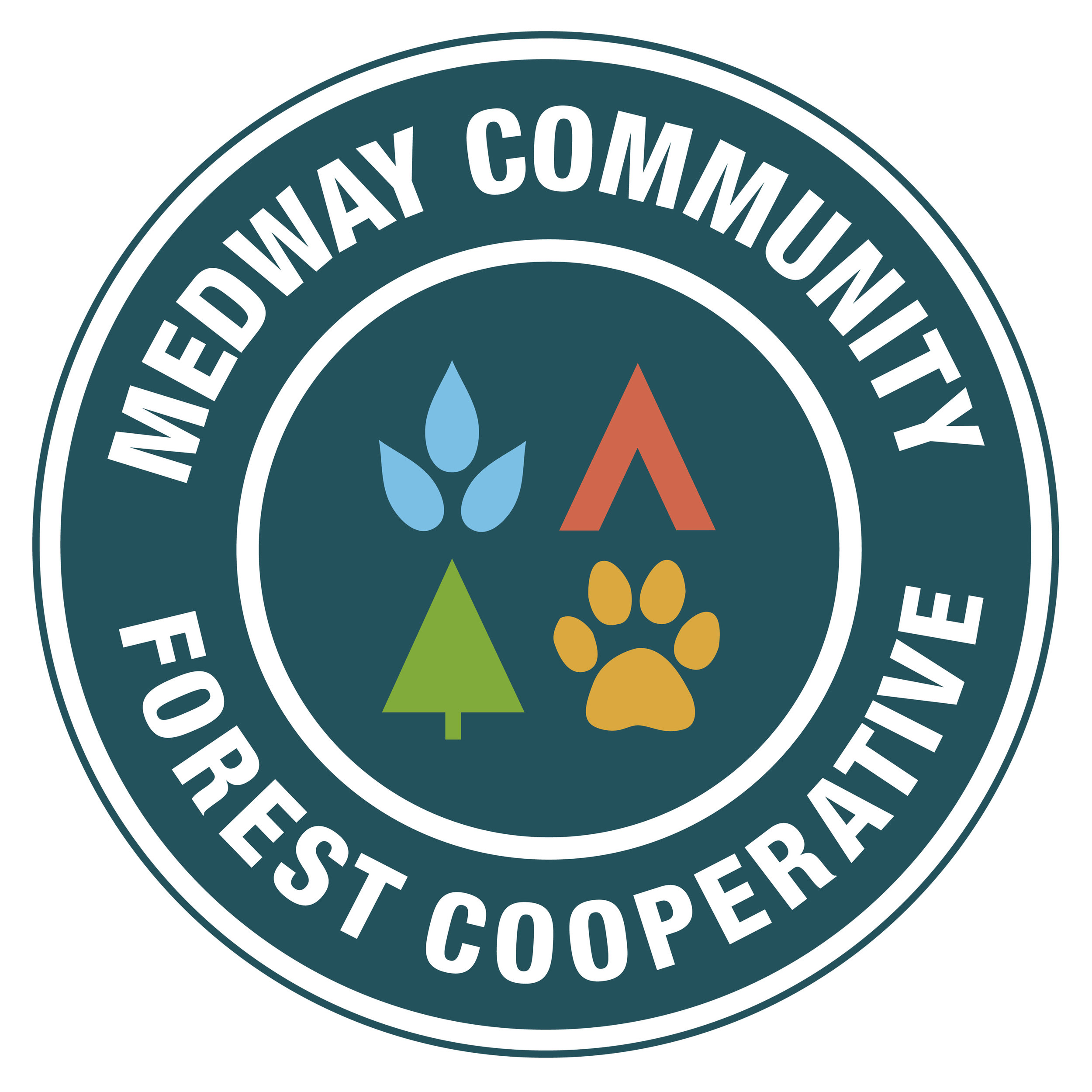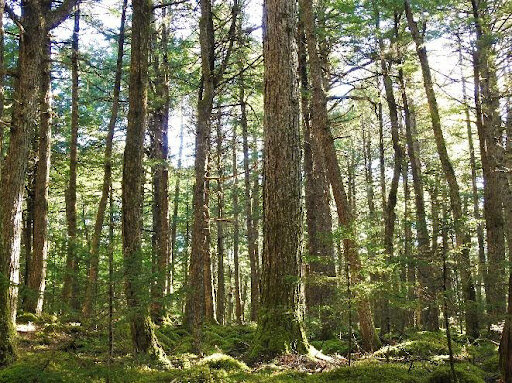Fundraising to save Hemlock trees in the Sporting Lake Nature Reserve
Support the Hemlock Conservation-Nova Scotia team to treat hemlock trees from Hemlock Woolly Adelgid (HWA), an invasive aphid-like insect that threatens hemlock trees in North America. HWA came to the U.S. from Japan 70 years ago, where it is a native hemlock pest, and has caused immense, irreversible damage to hemlock forests across the Eastern seaboard. Hemlock is a keystone species which many birds and other wildlife species rely on. Hemlock shades delicate forest streams from summer sun and allows cold water-loving fish like brook trout to survive, and its dense canopy provides shelter for deer and birds in winter. The species offers numerous ecological values and makes up much of the remaining old forests in Nova Scotia.
Please help save Sporting Lake old growth: Donate through the Nova Scotia Nature Trust website
Saving old growth at Sporting Lake is entirely reliant on donations from people who care about these last vestiges of large, old trees. Nova Scotia Nature Trust is administering donations and tax receipts.
Sporting Lake Nature Reserve consists of 24.7 ha of remote wilderness that supports some of the last intact natural forest in Kespu’kwitk (southwestern Nova Scotia). The reserve consists of three islands on Sporting Lake, located roughly 14 km west of the south boundary of Kejimkujik National Park and National Historic Site. The largest of the three islands offers a rare glimpse of Acadian forest as it once existed across vast expanses of Nova Scotia.
The goal is to inoculate the entire old growth hemlock stand with an approved insecticide, IMA-jet during the month of October under a research license attained through the Department of Environment and Climate Change. The ultimate goal is to keep the hemlock alive for a decade or longer until a safe and effective long-term solution is found that allows the hemlocks to survive on their own once again.
Who is ‘Hemlock Conservation-Nova Scotia’? A diverse group of dedicated volunteers who have united to save hemlock forests. They are led by an emergency medical doctor, a lawyer, as well as foresters and biologists. Together, a program of treating hemlock trees in a critically important ecosystem in NS.
Departments of Environment and Climate Change and Natural Resources and Renewables are supporting this pilot project to treat hemlock trees. The Nova Scotia Nature Trust, Medway Community Forest Coop, and other generous sponsors are assisting in getting the project off the ground.
Why save Sporting Lake Nature Reserve? This reserve features one of the most majestic old growth hemlock forests found anywhere in Nova Scotia. Tall, graceful conifers rise from a tapestry of moss on an island in Sporting Lake. Mortality from HWA will come quickly without Hemlock Heroes to render aid to these forest elders. Become a Hemlock Hero today!
HWA nymph feeding at the base of needles on a hemlock. At this life stage, the black nymph growing a white-woolly sac to protect it from cold during the winter.




